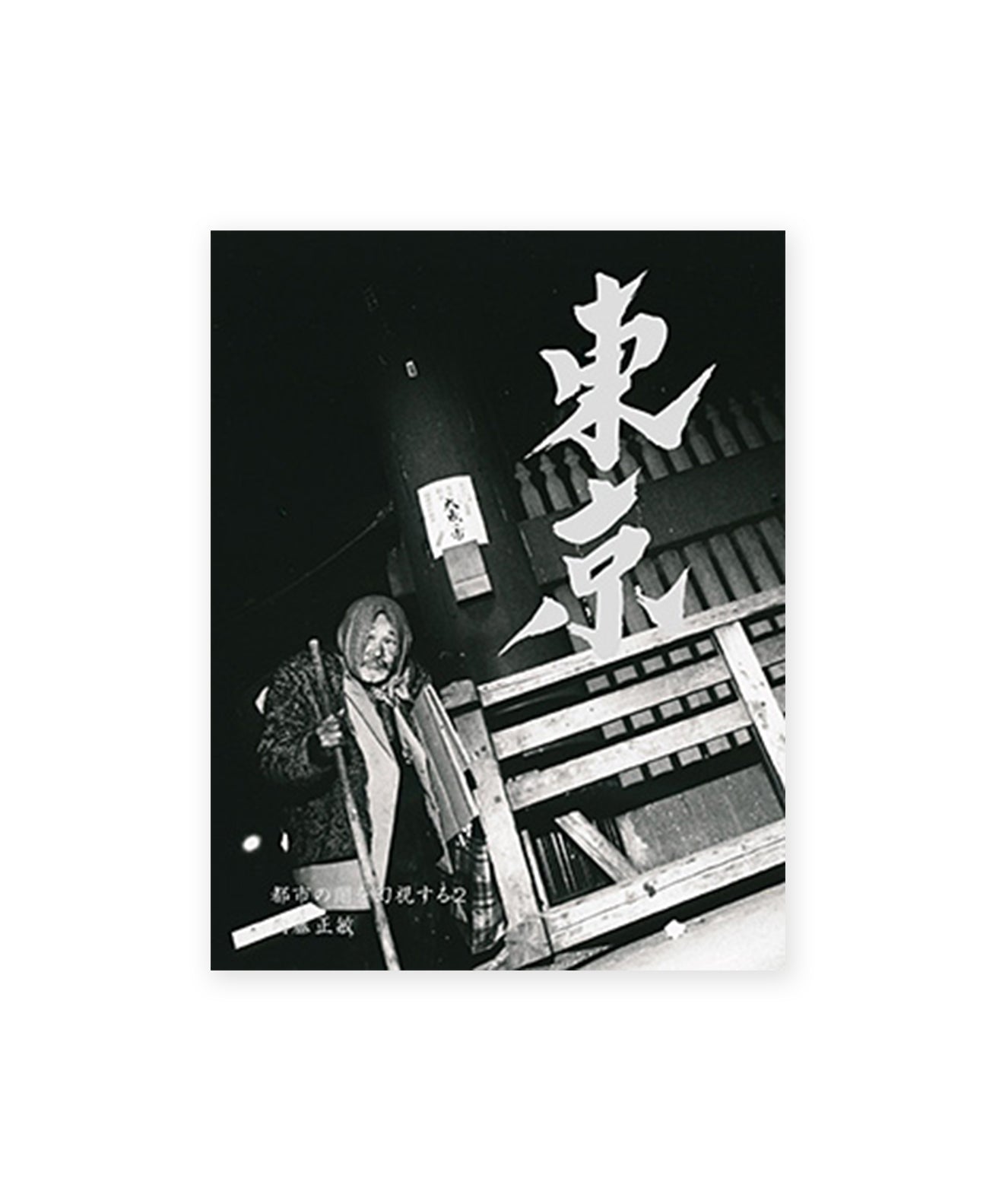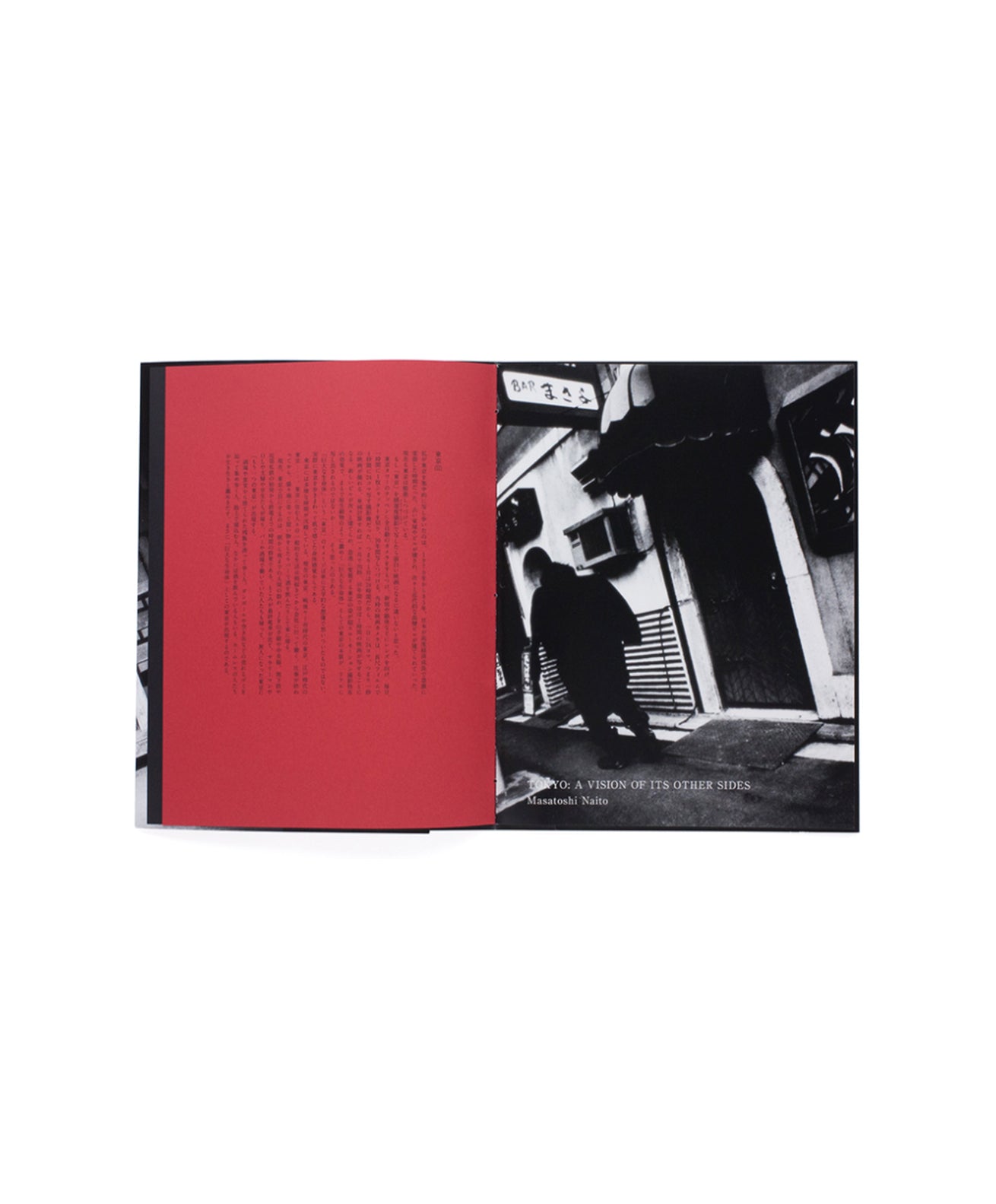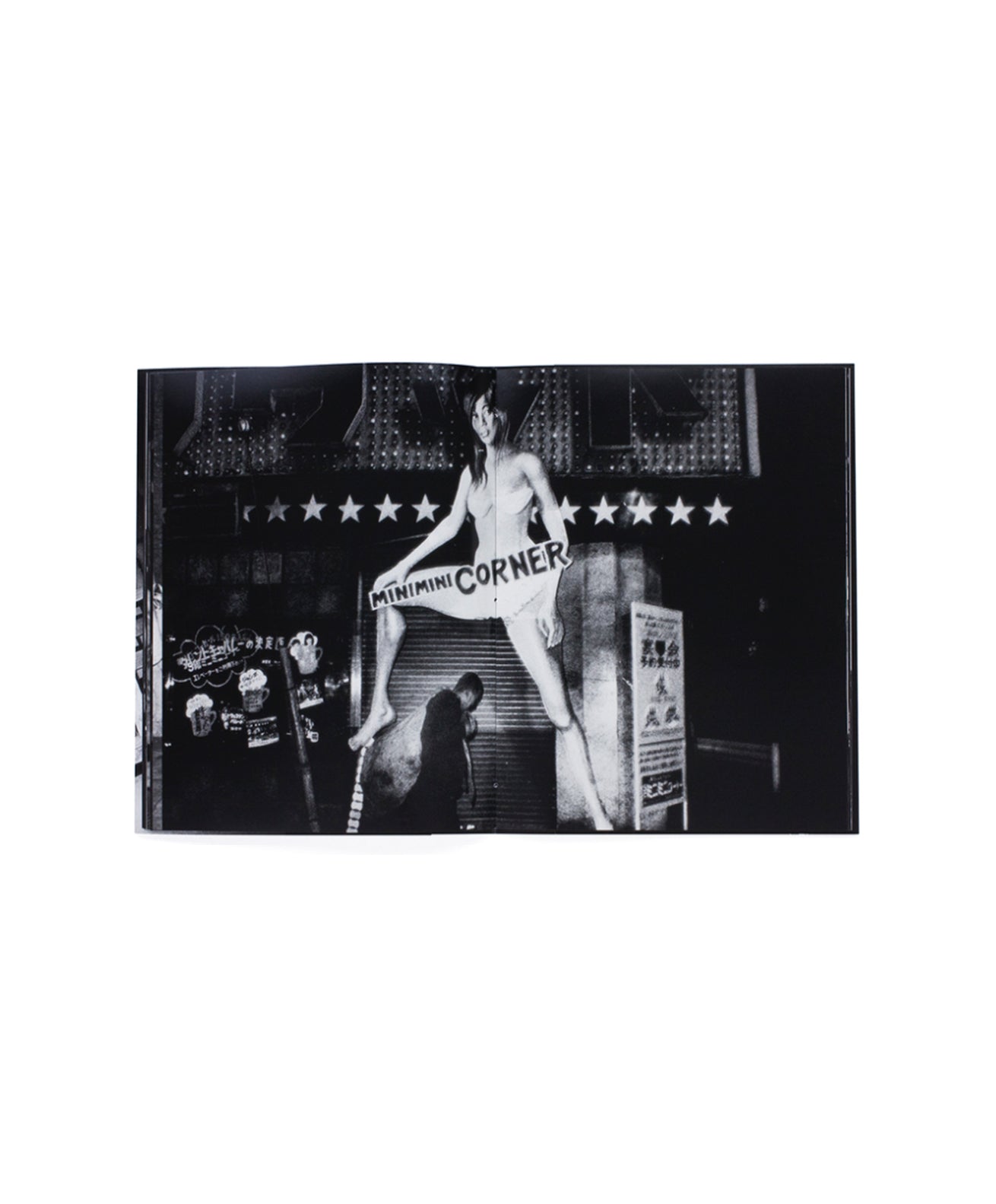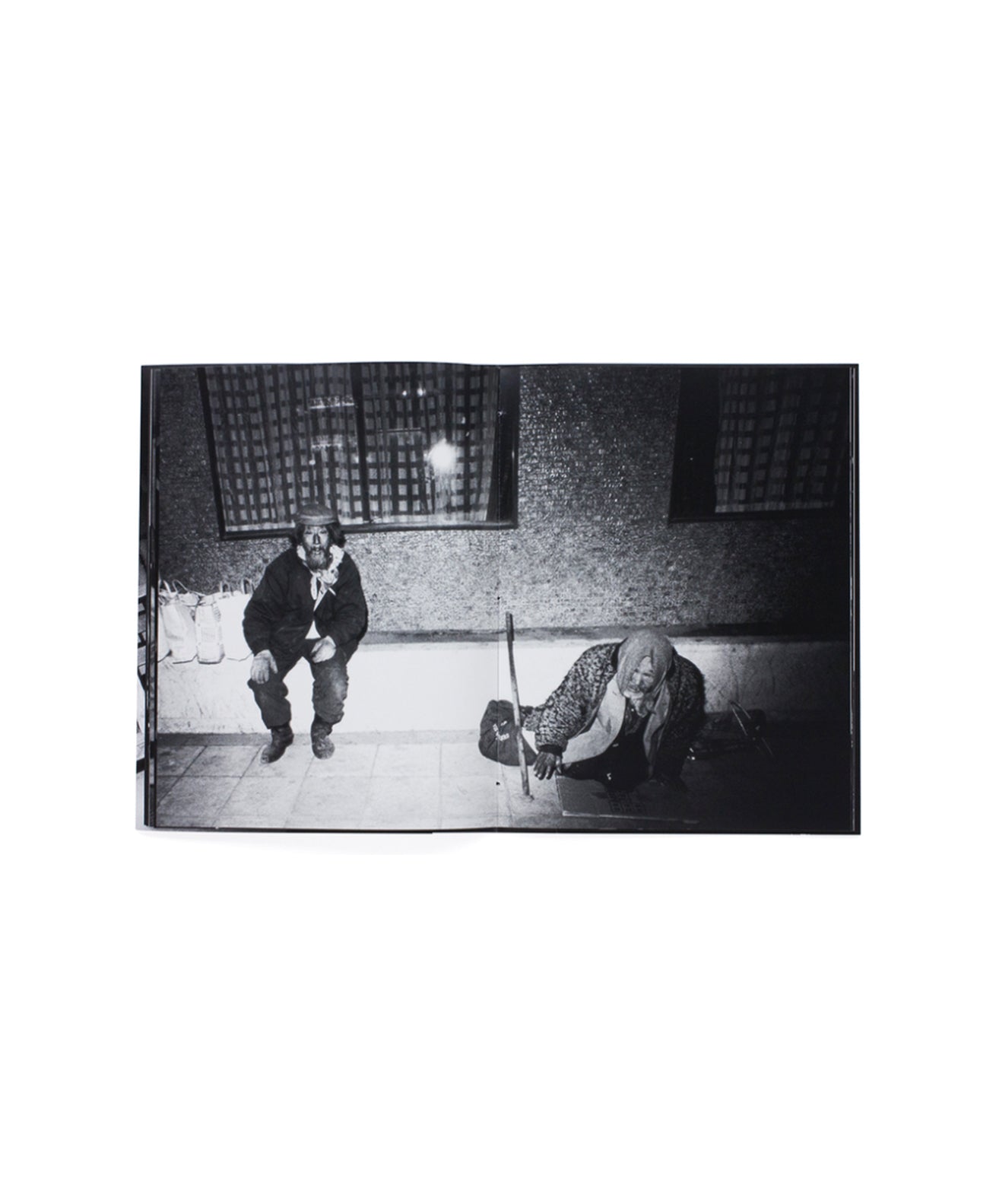Masatoshi Naito - Tokyo: Vision of It's Other Sides
Pickup currently unavailable at 1 rue des Minimes
– Default Title
-
1 rue des Minimes
09709759181 Rue des Minimes
75003 Paris
France
Masatoshi Naito
Tokyo: Vision of It's Other Sides
Published by Super Labo, 2016
Size : 21.6 x 28 cm
44 Pages - 25 Images
Softcover
Languages: Japanese, English
Limited Edition 1000 copies.
ISBN 978-4-905052-95-1
“I photographed Tokyo intensively from 1970 to 1985. Japan was changing radically as rapid economic growth took place. Old houses and buildings were being demolished and replaced with new ones, including modern skyscrapers. Even today, Tokyo is still expanding.
I thought it would be very interesting if I photographed Tokyo using the time-lapse photography technique. I attached a fully automatic camera to the top of Tokyo Tower, turned it in different directions such as Shinjuku and Ginza, and released the shutter once an hour every day for ten years. At the time, film cameras could shoot 24 frames per second. There are 24 hours in a day, so I could shoot a one-second short film with 24 frames per day. Therefore, the film would add up to 30 seconds in a month and about an hour in ten years. This would depict Tokyo's rapid development at an ultra-slow speed, revealing the true essence of Tokyo as an immense life form always moving like a protozoan. ––– I expected this.
The image of Tokyo as an "immense life form" was not born of literary imagination. It was based on what I physically felt while walking around Tokyo at the time.
In Tokyo, there are layers of sediment from various eras. Tokyo today. Tokyo during the post-war black market era. Tokyo during the Edo period. A day for people in Tokyo typically begins with getting up in the morning and going to work. Once the workday is over, they return home after stopping at shopping streets or bars.
These days, I see crowds of people flooding the city of Tokyo from morning to night. The crowds are always there, from the first train to the last train on the Yamanote Line, the Chuo Line, the subways, and various private railways. However, when the last trains have departed, along with businessmen and women, students, and restaurant and bar workers, Tokyo is deserted, and "the other side of Tokyo" emerges.
Someone is collecting food thrown away by bars and restaurants. Another is collecting cardboard boxes and cans that can be sold. There are people sleeping on the streets. Some of them are drinking alcohol. The homeless are beginning to act dynamically. Exactly, Tokyo as an "immense form of life" is revealed.




